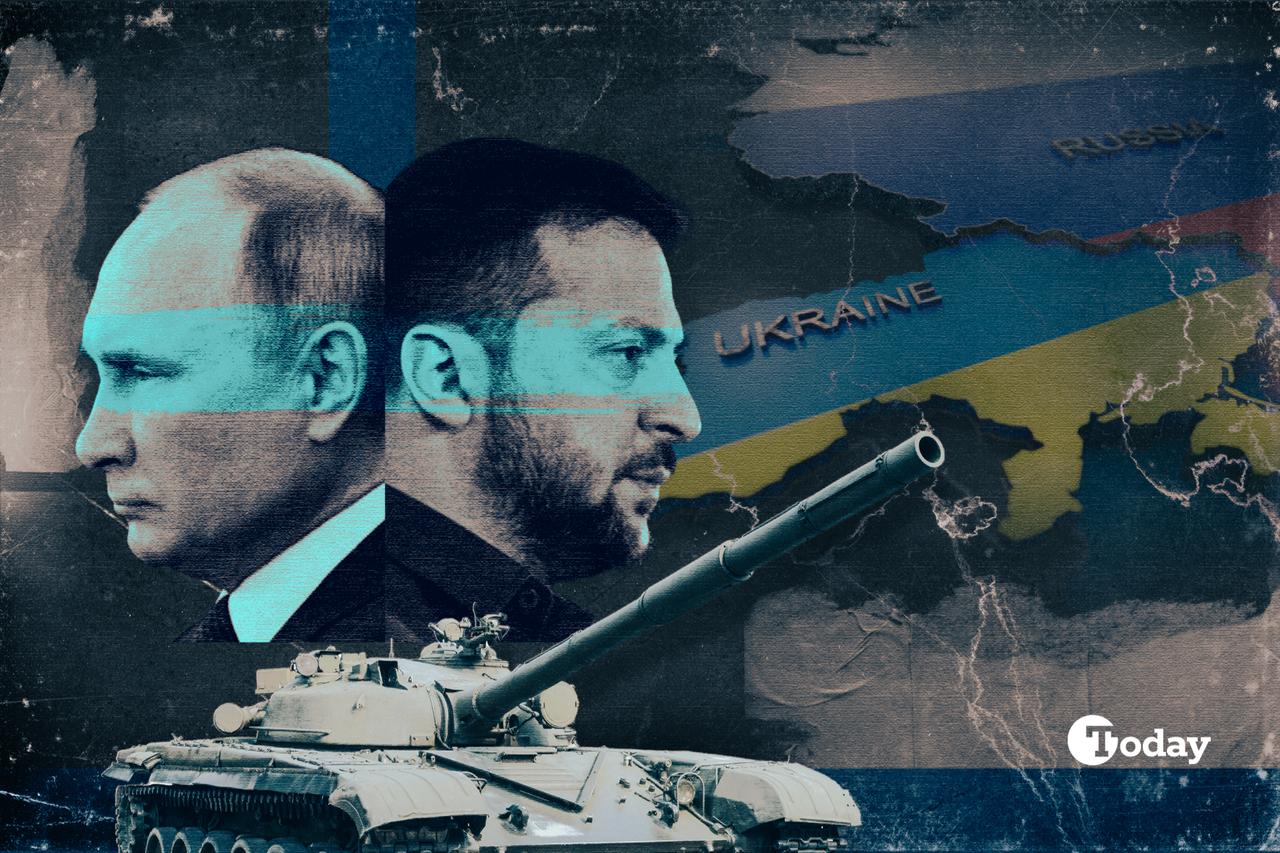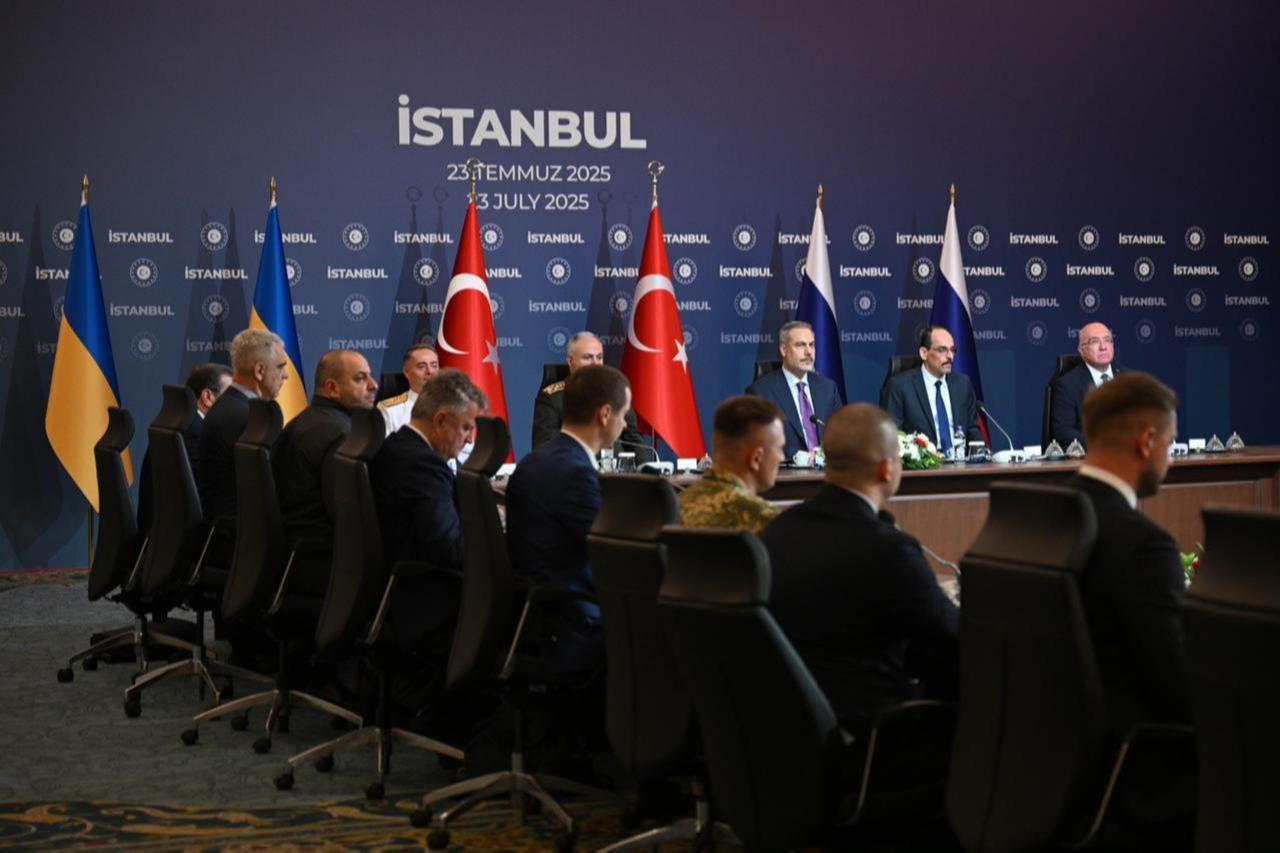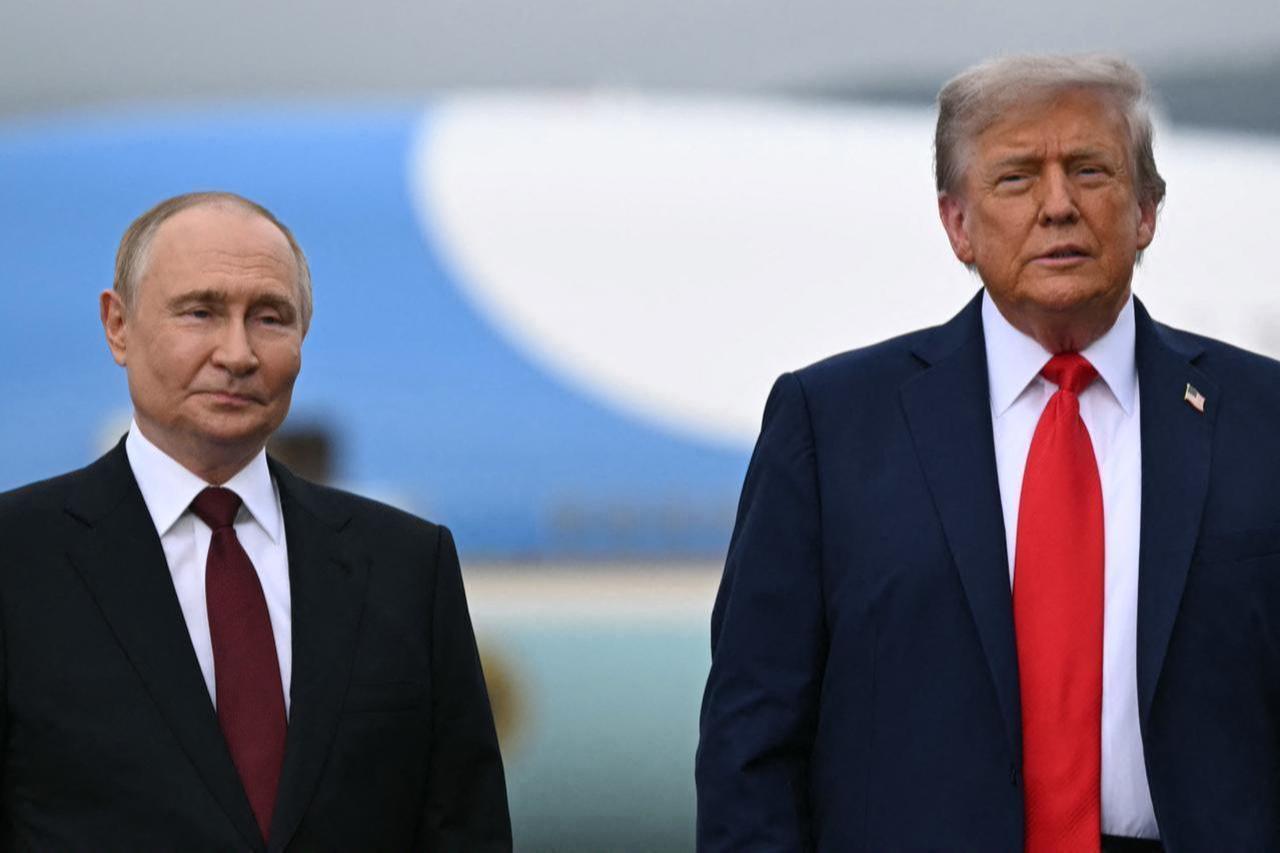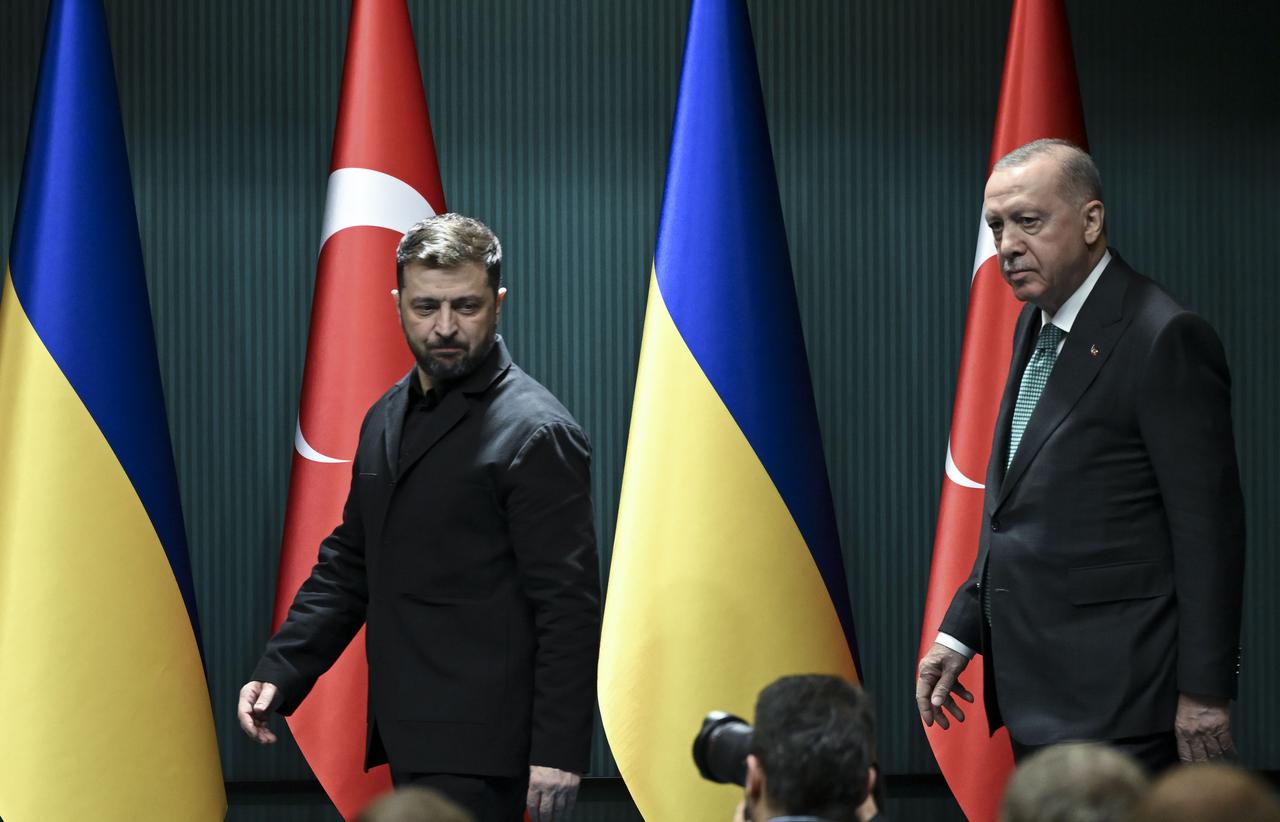
Ukraine is stuck between a rock and a hard place—the Russian onslaught continues, Europe is putting pressure on Ukrainian President Volodymyr Zelenskyy over an embarrassing corruption scandal in his administration, and the United States is looking to wash its hand of the conflict with its 28-point peace plan that privileges Russia.
Ukraine is hoping that Türkiye could help it navigate these choppy waters. Türkiye wants to help.
Zelenskyy met with Turkish President Recep Tayyip Erdogan in Istanbul on Nov. 19 to discuss the peace plan and the war, which will enter its fourth year in February. Erdogan called for “all partners that wish to see the end of bloodshed in the region to have a constructive approach toward the Istanbul process."

At the beginning of the conflict in February 2022, the Turkish government hosted talks between Ukraine and Russia, which produced a draft plan that could have established a ceasefire. While the “Istanbul process” at the time contained elements that Ukraine did not like—considerably curtailing the size of its armed forces, barring its entry into NATO (and possibly the EU), and tasking Russia as a “guarantor” of Ukrainian security—the Trump administration’s 28-point plan is not much better.
Rumored to be undergoing revisions by the Europeans and the Ukrainians, the current plan envisions the conditional recognition of Russia’s territorial gains in Ukraine since 2014, including its illegal annexation of Crimea, while setting current battle lines as the line of control in Kherson and Zaporizhzhia. Also included in the plan is permanently blocking Ukrainian membership in NATO, although pursuing full EU membership will be possible.
As consolation prize for Ukraine, the U.S. is hoping to convince Russia to use some its assets frozen in 2022 for Ukrainian reconstruction in exchange for lifting the sanctions on Moscow and enabling its reintegration into the global economy, which would both help and complicate Türkiye’s ties to Ukraine and Russia.

Although the war in Ukraine looks more like World War I than World War II—trench warfare across static lines instead rapid maneuver warfare—Türkiye recognizes that Moscow is slowly but surely gaining ground against Kyiv. U.S. material and monetary support have all but ceased, and whatever Ukraine obtains from the Americans it must either pay or get the Europeans to pick up the tab.
Türkiye is trying to help Ukraine secure a better deal by engaging the Russians, which the European countries can no longer do.
On Nov. 24, Erdogan had a phone call with Putin, pledging continued Turkish efforts to end the war in a “just and permanent peace by facilitating direct contact between the parties,” according to the readout from the Directorate of Communications of the Turkish Presidency.
Here, Türkiye is looking to show its diplomatic weight both to Russia and the United States, supporting Zelenskyy’s engagement with Western partners, and making sure he appears more receptive to at least some of the unpalatable terms in the 28-point plan.
Ankara is calculating that, having failed to obtain a much bigger portion of Ukraine, unable to install a puppet regime in Kyiv, and locked out of Europe even as its energy and military infrastructure is getting attacked on a near-daily basis, Russia is now more amenable to peace.

Since the beginning of the war in 2022, Türkiye has emerged as one of the main brokers of critical agreements including between Ukraine and Russia. These include prisoner swaps, the grain deal, and hosting Ukrainian and Russian diplomats that led to the April 2022 draft ceasefire agreement.
Ultimately, Ankara hopes that Kyiv, which was emerging as one of the major recipient of Turkish foreign direct investments and as a defense cooperation partnership, could get a better ceasefire deal and rebuild after the guns fall silent.
Perhaps the most dramatic idea related to the Ukraine ceasefire / peace plan comes from French President Emanuel Macron, who suggested a “reassurance force” led by Turkish, British, and French troops and supported by a total of 20 nations to provide security and training for Ukrainian forces.
Ironic that the French president, who had dispatched his navy to the eastern Mediterranean in summer 2020 to back Greece during its standoff with Türkiye and signed a defense agreement with Athens the following year, is now counting on the Turkish Armed Force in Ukraine.
Ankara does not seem opposed to the idea, but its participation in a peacekeeping and training mission in Ukraine would depend on events in Syria.
The Trump administration is trying to convince the Kurdish-led SDF, whose lead organization, the YPG, is the Syrian branch of the PKK, which Ankara, Washington, and most European capitals consider as a terrorist organization—to integrate with the administration of Syrian President Ahmed al-Sharaa, whom Türkiye supports.
Ankara’s ability to help Kyiv militarily would depend on the PKK and SDF no longer posing a threat to Türkiye from Syria and Iraq. Whether Trump could deliver that—and make sure Israel does not throw a wrench into those plans—remains to be seen.